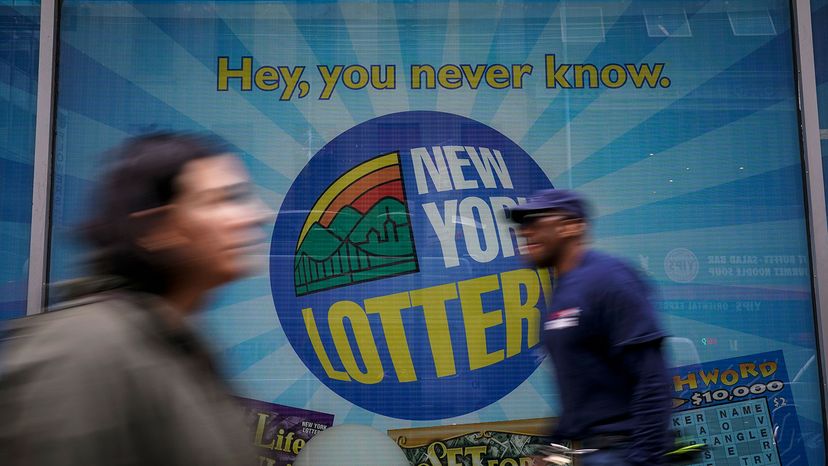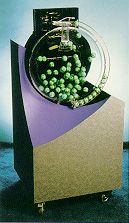In New York State, which has one of the most complicated lotteries in the country because of its payout system, "How much I am getting?" is not a simple question. When you buy a New York Lotto ticket, you have to choose between a lump sum and a series of annual payments, and you can't change your mind later.
If you chose a series of annual payments when you bought the ticket, what you are really going to win is a series of 26 yearly payments that add up to $10 million. You would receive the first payment for 2.5 percent of the total, or $250,000 (some taxes would be withheld from each check -- see below), two weeks after you submit the winning ticket. One year later, you would receive a check for 2.7 percent, or $260,000. Each year, the amount of the check goes up by a tenth of a percent -- the last payment is for 5 percent, or $500,000.
In order to guarantee that the funds for all of these payments are available, the New York Lottery buys special U.S. Treasury Bonds called STRIPS (Separate Trading of Registered Interest and Principal of Securities). These are also known as zero-coupon bonds.
A zero-coupon bond pays a certain amount of money when it matures. For instance, in March 2001, you could buy a zero-coupon bond that would be worth $1,000 in 10 years for about $610. The longer the amount time before the bond matures, the less it will cost you today. A bond maturing in 25 years for $1,000 would only cost about $260 today. If you did the math, you'd find out that if you invested the $260 at about 5.7-percent interest, in 25 years it would be worth $1,000.
When a winner claims his prize, the New York Lottery asks seven different bond brokers to quote a package of bonds that will pay each of the 25 future yearly payments. They buy the bonds from the broker at the best price for the complete package. An investment bank holds the bonds, and each year when one matures, the funds are automatically placed in the New York Lottery's cash account. The funds are transferred to the prize-payment account, and a check is written for the winner.
Typically, the whole package of 25 bonds ends up costing the New York Lottery a little less than half of the jackpot amount.
However, most winners don't opt for annual payments. About 80 percent of winners choose the lump sum option, which is usually about half of the jackpot amount. Since the New York Lottery has to pay a lump sum to buy bonds anyway, it is just as happy to give that same amount of money to the winner instead. It still goes through the process of getting quotations for the bonds, but instead of buying the bonds it pays the winner the amount the bonds would have cost.
Most people take the lump sum because they figure that they can invest the money and do a little bit better than the approximate 5-percent interest that the bonds would earn.
Most U.S. lotteries take out 24 percent from the winnings to pay federal taxes. But, if your winnings were in the millions of dollars, you would be paying closer to 37 percent (the highest tax bracket) in federal taxes when tax time comes. Add state and local taxes, and you might end up with only half of your winnings when you are done paying taxes.
If you had opted for the lump sum prize in our $10 million lottery, the prize would be about $5 million. After federal and state taxes, you'd be left with about $2.5 million.


